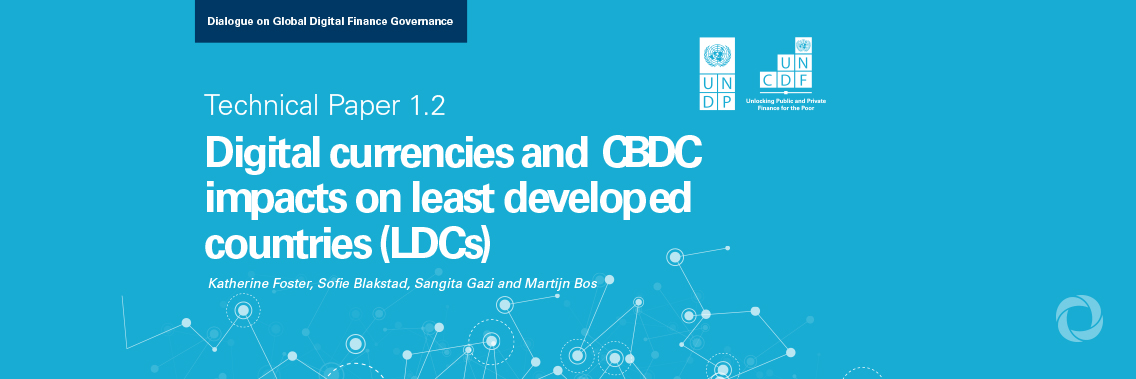Technology has always been a catalyst of change in monetary and payment systems across the globe. The Fintech-led evolution in the payments systems has seen the concept of currency undergo transformation in an unprecedented way. Although currency existed in virtual forms before (such as mobile money and e-money), Bitcoin’s launch in 2009 marked an alteration in the conceptualization of ‘virtual currency’ by introducing a cryptographic form of electronic cash operated on a blockchain protocol—a peer-to-peer distributed ledger technology (DLT) that securely records transactions across computers.
Despite the presence of DLT since 1991, it was Bitcoin that for the first time successfully conceptualized the technology into building a peer-to-peer transaction network and creating a distinct form of cryptographically encrypted currencies, that is cryptocurrencies. Although these blockchain-based cryptocurrencies operated in an unregulated space for a long time, with some occasional exceptions, they did not gain popularity as alternative ‘currencies’ because of their extremely volatile and speculative nature. However, Facebook’s proposal of ‘Libra’ (now ‘Diem’)—an asset backed global stablecoin (GSC)—opened up a new avenue with the prospect of creating a widely available alternative monetary instrument to be used across a range of payments platforms.
With a massive global reach among Facebook, Instagram, and WhatsApp users, Libra potentially threatened the ‘sovereignty’ aspect of money and thus triggered responses from regulators worldwide.
Subsequently, Facebook had to step back from its original plan of adopting a multi-currency asset-pegged Libra to issuing a single currency $-backed coin (now named Diem) as a result of the backlash from regulators. Moreover, Facebook’s announcement of a GSC initiative resurfaced the need for regulation to curb the adverse impacts of blockchain-enabled cryptocurrencies and stablecoins.
Recently, the United States Office of the Comptroller of the Currency (OCC) decided to allow banks to transact using digital assets including stablecoins. As Bitcoin’s price continues to see dramatic leaps in value, it appears that the market participants are also interested in normalizing $-pegged stablecoins or even Bitcoin as a medium of exchange, which could incentivize the possibility of widespread adoption of blockchain-based digital currencies.
The COVID-19 pandemic boosted the need for ‘contactless’ payment and the ‘digitalization’ of payment systems, especially in developed and emerging economies. Interest in DLT both from public and private authorities also culminated in actual releases: China developed its first ever digital form of money—Digital Currency-Electronic Payment (DC/EP), and the Bahamas introduced its US-dollar pegged central bank digital currency (CBDC)—the Sand Dollar. CBDC is also taking a regional form as the Eastern Central Caribbean Central Bank (ECCB) rolled out its pilot of DCash—a regional CBDC to be operated in seven island nations. Regional collaboration is also under way to establish a single platform for multiple CBDCs (‘m-CBDC bridge’) among the Hong Kong Monetary Authority, Bank of Thailand, Central Bank of the United Arab Emirates, and People’s Bank of China’s Digital Currency Institute.
As technology remains a major catalyst in changing the paradigm of monetary and payment systems (both influenced by public and private authorities), there is also an urgency to study the large-scale macroeconomic impacts of digital currencies and how these could alter the dynamics of current monetary and payment systems and global financial stability.
Further, this also demands that impacts are studied in the context of least developed countries (LDCs) and how they influence the United Nations’ Sustainable Development Goals (SDGs). From a cross-border aspect, digital currencies, including CBDCs are likely to reduce transaction costs for end-users, and hence transfer of remittance is likely to be easier and cheaper. Adversely, depending on the arrangements, this could provide a backdoor to avoid economic sanctions and affect international relations by triggering geopolitical tension.
Digital currencies could also pose risks and policy challenges, including impacts on the ability of central banks to implement monetary policy, and of governments to implement fiscal policy. This paper examines these applications and effects, as well as knock-on effects created in socio-economic spheres, particularly in LDCs.
Read the report: Digital Currencies and CBDC Impacts on Least Developed Countries

